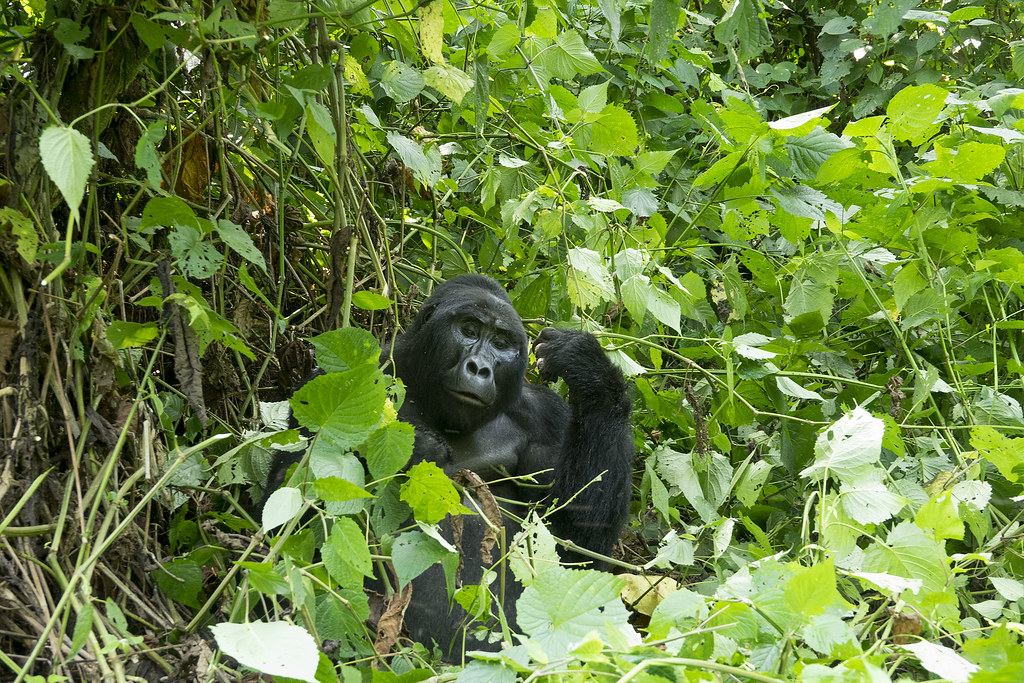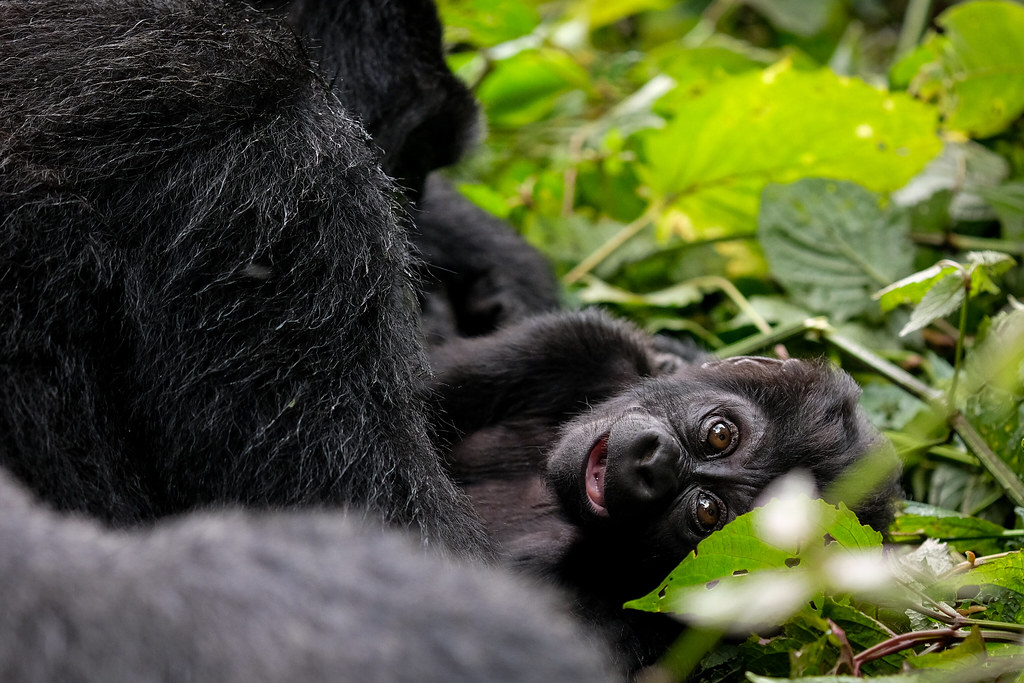 Bwindi Impenetrable National Park
Bwindi Impenetrable National Park
Bwindi national park is also found in the southwest of Uganda close to the border of Uganda and Congo and on the Albertine rift valley edge. The park is largely covered by a dense rain forest thus the title of impenetrable. This forest spreads across a number of really steep ridges and so many valleys with so many rivers flowing through thus the reason this park is the source of all the main rivers that supply Lake Edward. This park has got one of the oldest and also most biologically diversified rain forests in Uganda. It is dated back to more than 25,000 years and it contains close to 400 different tree species.
More to just the plants, this amazing forest with its biological diversity is home to about 120 mammals and these include several species of primates. The most sought are the mountain gorillas which is why it is the best mountain gorilla safari destination in the world.
Bwindi is best known for being a home to more than half of the world’s mountain gorilla population. There are over 459 mountain gorillas living in this forests as per the last census done in this park, some are habituated therefore used to human presence and so can be tracked while others are still wild gorillas. Gorilla habituation begun in early 1990’s and the very first group to be habituated is called Mubare. This became available for tracking by tourists in 1993. Today, there 12 habituated mountain gorilla families living in Bwindi therefore are available for tourism, there is one for research purposes and 2 more are currently available for gorilla habituation exercise. Mountain gorillas are among the different endangered species of mammal across the world therefore must be protected.
 More to the mountain gorillas, Bwindi forest national park is also home more 9 primate species which include the baboons, there are those common chimpanzees,, black and white colobus monkeys, the red tailed monkeys, vervet monkeys, the L’hoest monkeys, among others. During the gorilla trek, you can be sure you will meet some of these in the jungle as well.
More to the mountain gorillas, Bwindi forest national park is also home more 9 primate species which include the baboons, there are those common chimpanzees,, black and white colobus monkeys, the red tailed monkeys, vervet monkeys, the L’hoest monkeys, among others. During the gorilla trek, you can be sure you will meet some of these in the jungle as well.
Other primates, other mammals that found a home in Bwindi impenetrable forest include carnivores like the African golden cats, African civets, the side striped jackals and others. You can also find the African elephants and a few species of antelopes with the commonest being the bushbucks and topis.
Bird watching is definitely another tourism activity that can be done in this park because it is a home to over 350 different species of birds. 23 of these are originally Albertine Rift endemic species while about 14 of these are said to be only found in the forests. Some of the commonest birds include the African green broadbill, white billed robins, black billed Turacos, bronze naped pigeons, the regal sunbirds and many more.
Bwindi is also a home to lots of amphibians and butterflies. There are over more than 200 different butterfly species, eight of them are albertine rift endemics. You can expect to see butterflies like the cream banded swallowtails. In regards to the amphibians, there are about 27 species and 11 of them are Albertine endemics. There also different species of reptiles including several types of snakes and lizards.
In general, mountain hiking is one activity that one must do if they are to do any activity in Bwindi. Community walks and visits are the easiest and also very activities that one can engage in while at Bwindi. You get the opportunity to interact, listen to stories and learn more about the lives of the local people who are the Bakiga or the Batwa people (the Pygmies) who are the indigenous people of the area that originally lived inside the forest. These people have interesting cultures that one may wish to explore and they are great entertainers.
Gorilla safari to Bwindi can be done any time of the year, even though the dry months would be better since the forest being a tropical forest it is wet and slippery yet you have to hike all the way. To be able to track gorillas, you need to do is book your gorilla tracking permit from Uganda wildlife authority in advance to avoid disappointment to that day. This is because every gorilla family is only visited by 8 people in day, this means permits do run out.

